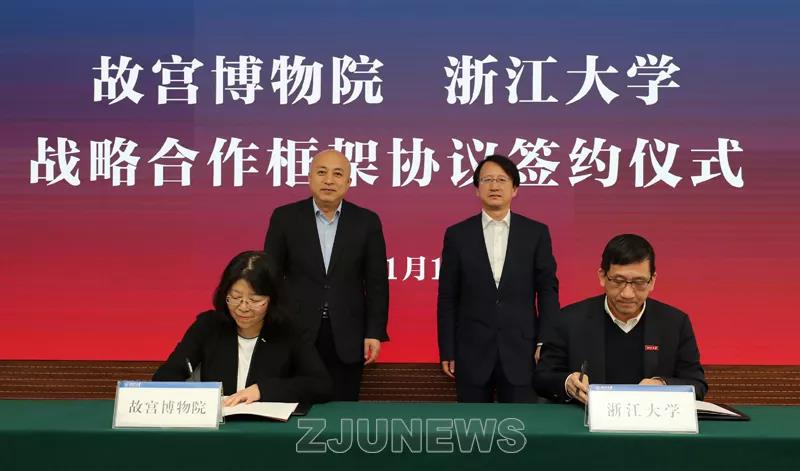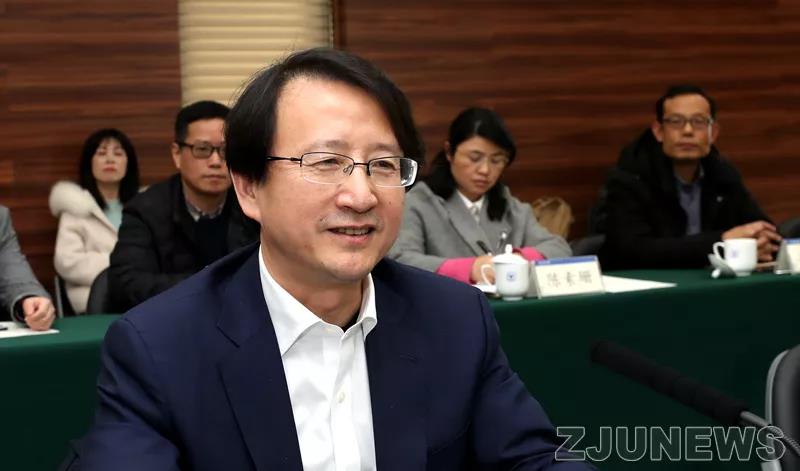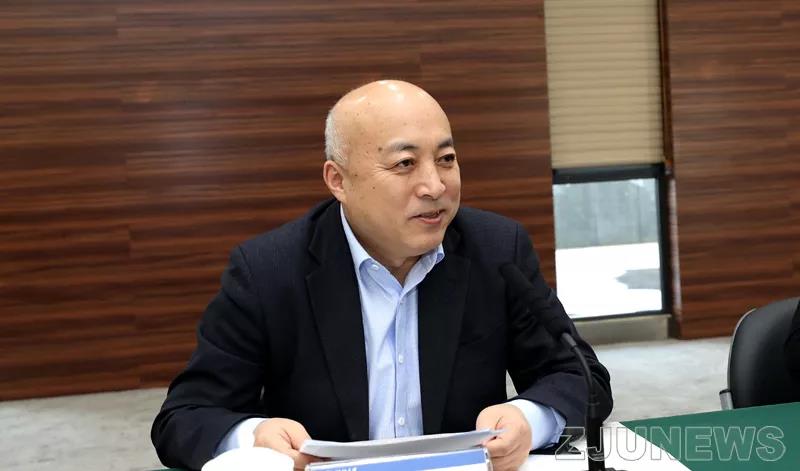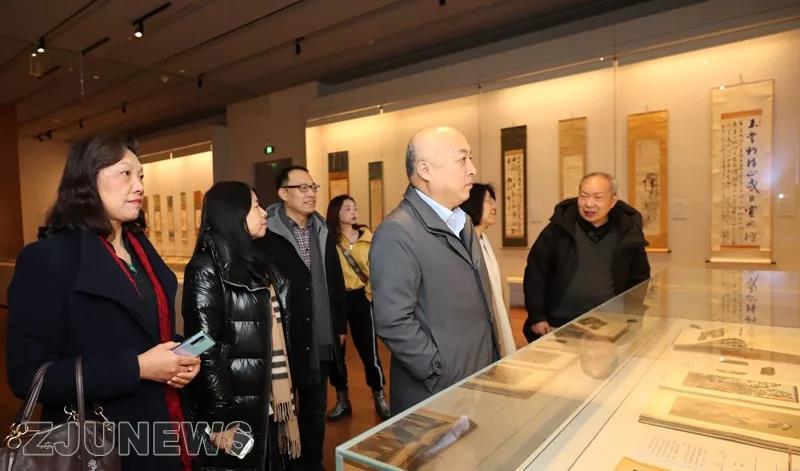University, the Palace Museum sign agreement

2020 marks the 600th anniversary of the Forbidden City and the 95th anniversary of the Palace Museum. On January 12, the Palace Museum and Zhejiang University signed a framework agreement on strategic cooperation and embarked on a new journey of transforming and developing the Chinese traditional culture in a creative and innovative manner in the new era.
In accordance with the agreement, the Palace Museum and Zhejiang University will bring into full play their own assets and promote strategic cooperation in talent cultivation, scientific research, exhibitions and academic exchanges.

“In response to the accelerating fusion of the scientific, industrial and educational revolution, we must preserve and innovate the Chinese traditional culture by integrating humanities and science. As the largest museum of ancient arts, the Palace Museum has made remarkable achievements in cultural relic protection, ancient architecture renovation and cultural preservation. I hope that Zhejiang University and the Palace Museum can join hands to reap fruitful results in three aspects. First, construct an inter-disciplinary and interactive program to cultivate elite talents. Second, launch science-based humanistic research in response to major issues in the current era. Third, create an innovative vehicle to promote sustainable research in the future,” said WU Zhaohui, President of Zhejiang University.

“The Palace Museum is more than willing to cooperate with Zhejiang University. The Palace Museum has proposed the vision of building a ‘peaceful’, ‘academic’, ‘digital’ and ‘dynamic’ palace in which we have a wider scope for cooperation. I hope that we can make concerted efforts to protect, study and preserve the Chinese traditional culture, thus making substantial contributions to give new life to cultural relics,” said WANG Xudong, Director of the Palace Museum.

In the previous round of cooperation, the Palace Museum and Zhejiang University has made notable achievements, particularly in the compilation of Collections of Ancient Chinese Paintings. They have also co-established the Zhejiang University Institute for Gugong Studies with a view to promoting research into cultural heritage preservation and the history of the Ming and Qing Dynasties.